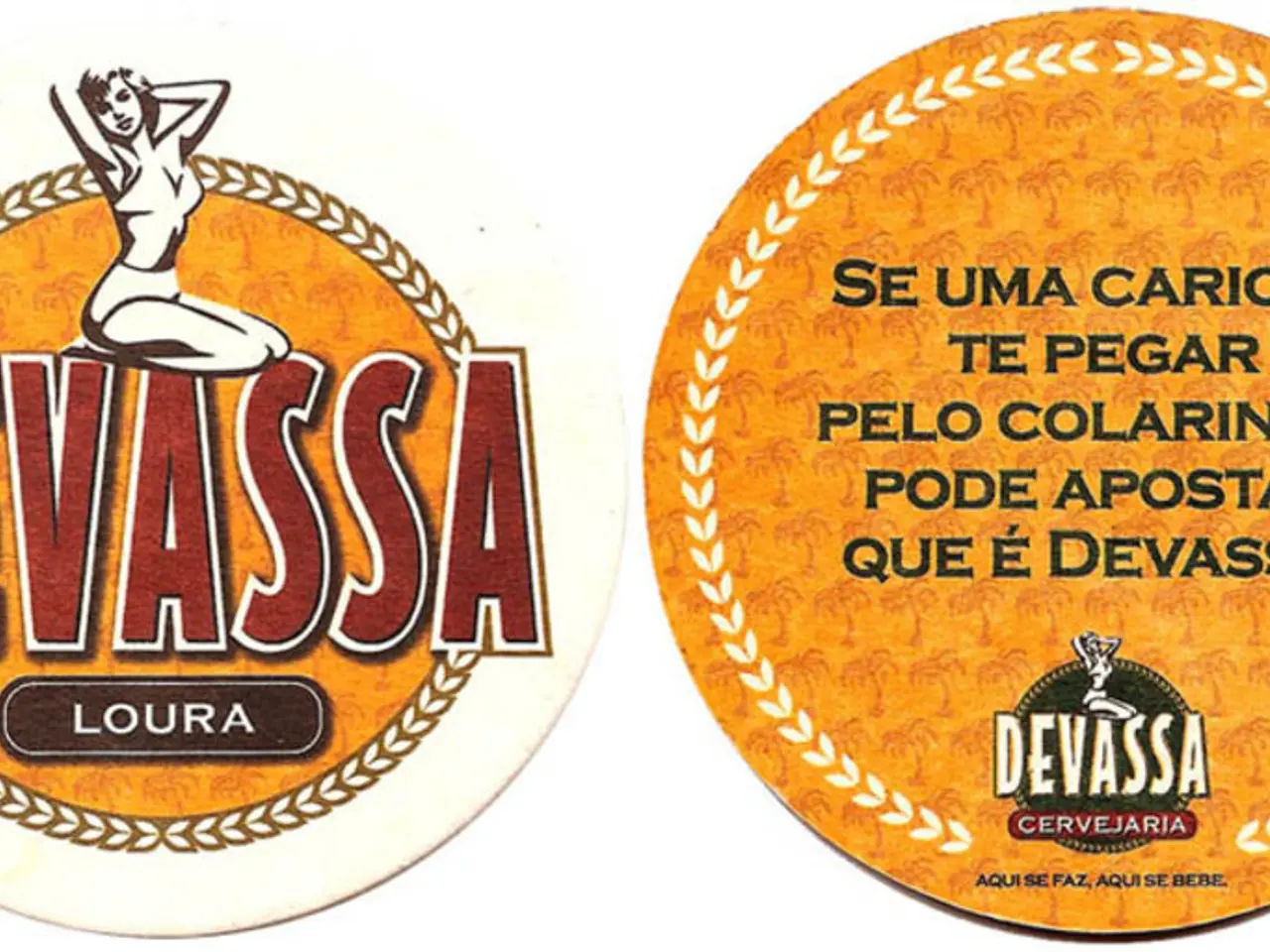Understanding the Role of Psychology in Logo Design
In the dynamic world of coworking spaces, the importance of a well-designed logo cannot be overstated. A logo is more than just a visual representation; it's a symbol of the shared values, ethos, and unique identity of a coworking space. Here's how the psychology of shapes, colors, fonts, branding, and industry relevance come together to create effective coworking space logos.
Shapes
Circles, ovals, and ellipses are the most effective shapes for coworking logos as they symbolize community, unity, harmony, and inclusiveness. Geometric shapes provide stability and order, helping portray the coworking space as reliable and structured. However, it's crucial to avoid overly sharp or aggressive shapes to maintain approachability and openness.
Colors
Coworking space logos often incorporate colors that promote trust, stability, and professionalism (blue), growth, health, and balance (green), and positivity and creativity (yellow). Colors should be chosen based on their psychological impact to reinforce the brand personality and create an atmosphere that aligns with the values of the coworking space.
Fonts
Sans-serif fonts are generally recommended for coworking logos because they feel modern, clean, and approachable, resonating with startups and creative professionals using coworking spaces. Limiting fonts to one or two ensures clarity and avoids clutter, improving brand recognition and readability.
Branding and Industry Relevance
The logo should visually reflect coworking industry characteristics, incorporating symbols or abstract elements that suggest collaboration, connection, innovation, or networking. The logo should tell a brand story, indicating what makes the coworking space unique—whether it’s community focus, technological innovation, or sustainability. Clear industry-aligned design elements help build trust and enhance consumer purchase or participation decisions.
Design Principles
Implementing design principles like simplicity (Law of Prägnanz) is essential to create clear, concise logos that users can quickly recognize and process without cognitive overload. This makes the logo more effective for quick identification and emotional connection.
In summary, a coworking space logo should use circular or harmonious shapes, a color palette emphasizing trust, community, and creativity, modern sans-serif fonts, and symbolism connected to collaboration and innovation—all grounded in simplicity and clear visual hierarchy to maximize subconscious positive impact and brand recognition.
- A well-designed coworking space logo, beyond being just a visual emblem, epitomizes the shared values, ethos, and unique identity of the space.
- Circles, ovals, and ellipses are effective shapes for coworking logos as they symbolize community, unity, harmony, and inclusiveness.
- To maintain approachability and openness, it's crucial to avoid overly sharp or aggressive shapes in coworking logos.
- Coworking space logos often incorporate colors that promote trust, stability, growth, health, balance, and positivity, such as blue, green, and yellow.
- Sans-serif fonts, known for their modern, clean, and approachable feel, are generally recommended for coworking logos.
- Logos should visually reflect coworking industry characteristics, incorporating symbols or abstract elements that suggest collaboration, connection, innovation, or networking.
- In the realm of coworking space design, implementing design principles like simplicity under the Law of Prägnanz is essential to create clear, concise logos.
- The logo should tell a brand story, highlighting what makes the coworking space unique in terms of community focus, technological innovation, or sustainability, to build trust and enhance consumer decisions.






